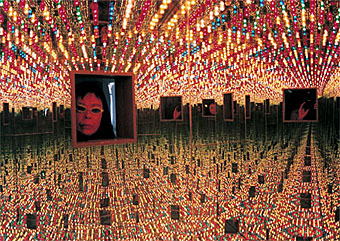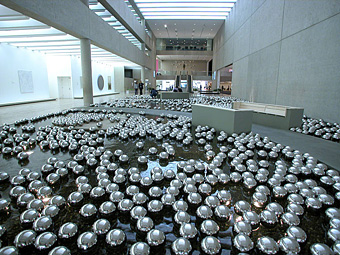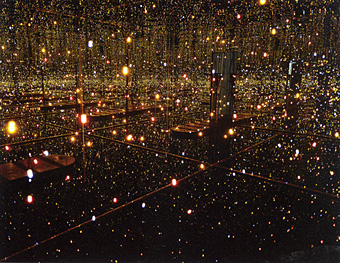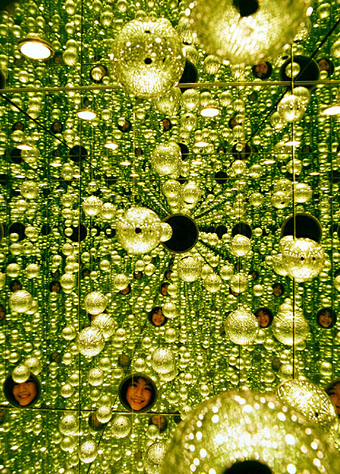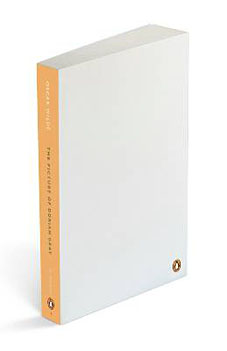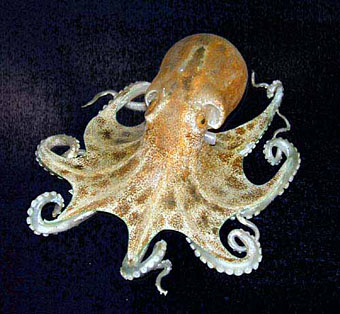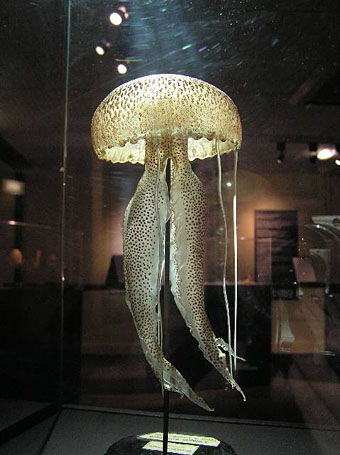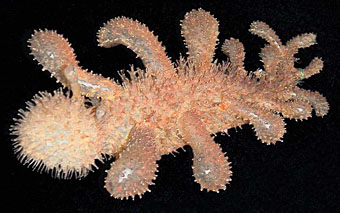Lest we forget…
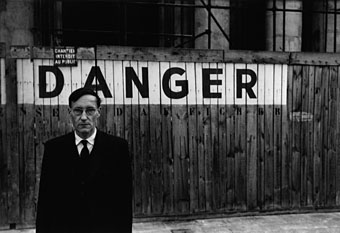
William Burroughs.
Thanksgiving Day, Nov. 28, 1986.
For John Dillinger
In hope he is still alive
Thanks for the wild turkey and the Passenger Pigeons, destined to be shit out through wholesome American guts —
thanks for a Continent to despoil and poison —
thanks for Indians to provide a modicum of challenge and danger —
thanks for vast herds of bison to kill and skin, leaving the carcass to rot —
thanks for bounties on wolves and coyotes —
thanks for the AMERICAN DREAM to vulgarize and falsify until the bare lies shine through —
thanks for the KKK, for nigger-killing lawmen feeling their notches, for decent church-going women with their mean, pinched, bitter, evil faces —
thanks for “Kill a Queer for Christ” stickers —
thanks for laboratory AIDS —
thanks for Prohibition and the War Against Drugs —
thanks for a country where nobody is allowed to mind his own business —
thanks for a nation of finks — yes,
thanks for all the memories… all right, let’s see your arms… you always were a headache and you always were a bore —
thanks for the last and greatest betrayal of the last and greatest of human dreams.• From Tornado Alley (1989).
Previously on { feuilleton }
• William Burroughs book covers
• Towers Open Fire


